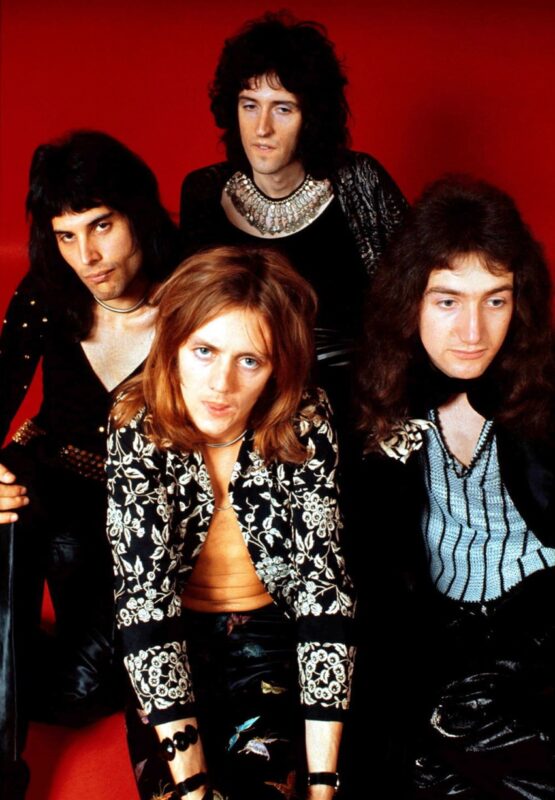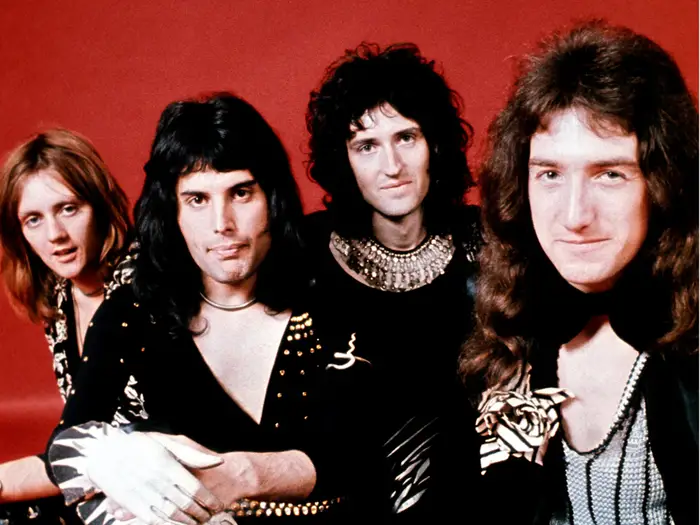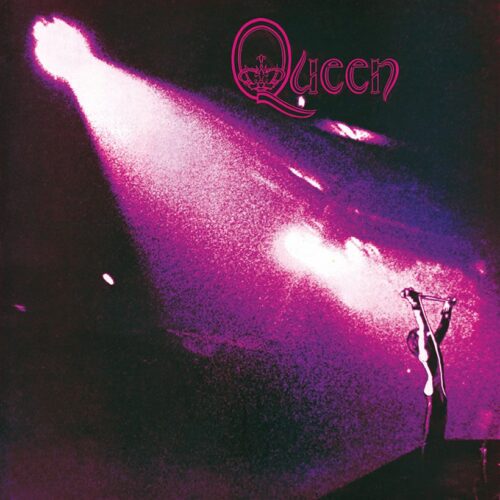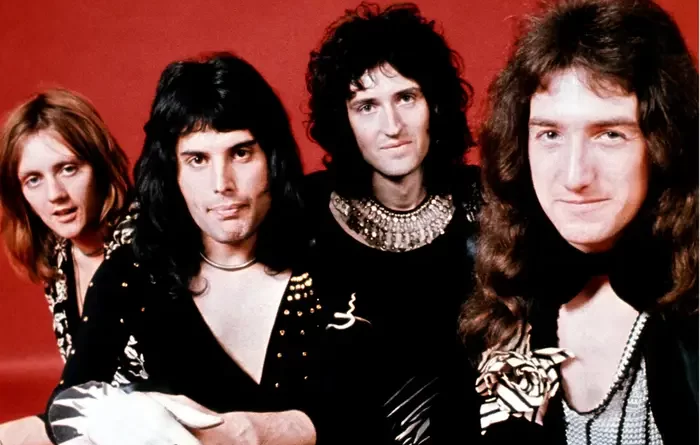HEAVY MUSIC HISTORY: Queen – Queen
With PINK FLOYD’s Dark Side Of The Moon and DAVID BOWIE’s Aladdin Sane decimating the scene, 1973 was a glorious time for music. Vinyl connoisseurs were always looking for the next big thing. The next statement. Then, rising from the ashes of SMILE, came a little band called QUEEN and their eponymous debut.
Unlucky for some but 1973’s Friday the 13th proved fruitful for QUEEN. Though the process of making their first album wasn’t smooth sailing. In the wake of SMILE’s demise, vocalist Tim Staffell leaving to pursue new ventures, Brian May (guitar) and Roger Taylor (drums) fired up the recruitment drive.
Enter Freddie (born Farrokh) Bulsara: an avid fan of SMILE. Bulsara would even ask to join the band as their singer though May doubted Staffell would have given up the role. Upon his departure in 1970, Bulsara got his wish and was recruited on the spot. With Taylor’s friend Mike Grosse fulfilling bass duties, the new incarnation of SMILE played their first show on June 27 1970 in Cornwall. Soon thereafter, Bulsara would propose some name changes. The first of which was the band. “It’s wonderful, dear, people will love it” he would claim to the sea of uncertainty which met the name QUEEN according to Mark Blake’s 2010 book Is This The Real Life? The Untold Story Of Queen. The second, and arguably more emphatic, would come from the track My Fairy King. The lamentation “Mother Mercury, look what they’ve done to me” birthed Freddie Mercury.

After a slew of bass players, John Deacon would be recruited in February 1971 and the classic line-up was complete. Experienced in playing live shows which included material from what would become this album and Queen II (1974), all they needed was an actual physical album. May would place a call to a sound engineer, Terry Yeadon, who suggested the band record at De Lane Lea Studios’ premises in Wembley. The demo tape included Liar, Keep Yourself Alive, Great King Rat, The Night Comes Down, and Jesus.
It was here QUEEN would meet Roy Thomas Baker; the man who would become their long-term producer. His collaborator John Anthony had had his curiosity piqued by QUEEN before, advising Grosse wasn’t the right fit for the band. With Deacon now in tow, Anthony had all but changed his tune. Keep Yourself Alive would grab the attention of both producers and they would soon enter talks with various record companies. The first offer QUEEN were given came from Charisma Records, pledging an advance of £25,000. Big money but QUEEN would reject it, refusing to play second fiddle to label mates GENESIS.
Inking a management deal with Norman Sheffield of Neptune Productions (a subsidiary of Trident Studios), QUEEN were offered better equipment to record their album with. Downside being this could only be done during the studio’s downtime. Nonetheless, the band set to work on what would become possibly their most underrated album.
Inspired by the likes of BLACK SABBATH and LED ZEPPELIN, QUEEN’s material would showcase nuances of heavy metal in the single Keep Yourself Alive, progressive rock with the likes of Great King Rat, and even psych in meandering Jesus. However the version of Keep Yourself Alive you hear now isn’t the original. When the demo version was re-recorded, the band simply didn’t like the outcome and the butting of heads between QUEEN and their producers would begin. It would take approximately eight attempts before engineer Mike Stone stepped in and conjured a version the band liked in a single take. Stone would eventually come to work on the next five QUEEN albums.
A greater casualty of the personality clashes would be Mad The Swine. Not heard of it? It was originally meant to be between Great King Rat and My Fairy King. However Thomas Baker and the band would disagree over percussion and the track would be unceremoniously cut. Though it would resurface in 1991 was a B-Side to the single Headlong.

Catalogue now together, it just needed releasing. Again this would prove difficult as the band still hadn’t obtained that lucrative record deal. Growing frustrated with the process and feeling themselves having out-grown the very material they were trying to promote, QUEEN would eventually self-release their debut via a publishing deal with EMI and went on their way.
The album released to critically positive reviews. Gordon Fletcher of Rolling Stone would brand the debut as “superb” and even go as far as to pen; “There’s no doubt that this funky, energetic English quartet has all the tools they’ll need to lay claim to the Zep’s abdicated heavy-metal throne, and beyond that to become a truly influential force in the rock world”. QUEEN would indeed become influential. It just wasn’t with this album.
Its legacy has fared relatively well. Though Michael Gallucci of Ultimate Classic Rock would state the debut “did little to separate the group from others exploring similar territory in the early ’70s”. While Malcolm Dome would say this when penning a Classic Rock listicle of QUEEN’s best albums and placing the debut second; “The record was just too powerful, too multi-dimensional and too stunning to sit happily and contentedly in the grooves”. Had people found the next musical statement? Yes, but rather too late for QUEEN who would enter the studio again a month after release to begin work on Queen II.
It was indeed a work too ambitious to sit within its strengths. An arguable epitaph for the band itself. This album may not be the first which pops to mind when asked about the staple QUEEN listens but it remains an institution. The folklore would soon be abandoned for more literal themes as time wound on but there is still a place for the fairy king in the hearts of thousands. Those who still lament “Mother Mercury, look what they’ve done to me.”

Queen was originally released on July 13 1973 via EMI.
Like QUEEN on Facebook.

